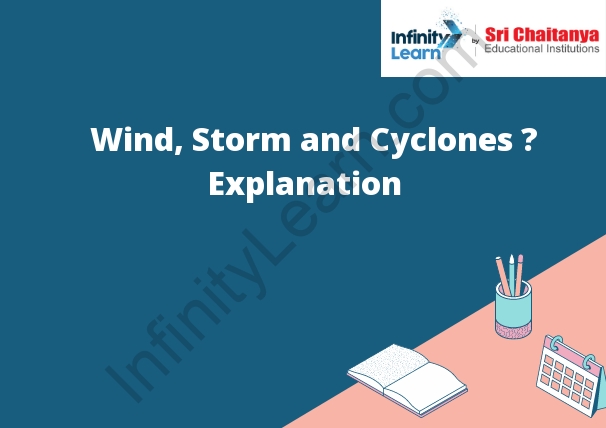Table of Contents
What is Wind?
Wind is the flow of gases around a planet or other body, caused by the planet’s or body’s heat. The Earth’s atmosphere is heated by the sun, and the warm air rises. This creates a low-pressure area near the Earth’s surface. The high-pressure area above the low-pressure area causes the wind to blow from the high-pressure to the low-pressure area. Wind Storm and Cyclones – Explanation.
Wind is the air in motion. It is caused by the uneven heating of the Earth’s surface by the sun. The warm air rises and the cool air pushes it out of the way. Wind can be used to power machines such as wind turbines.
Wind Currents
Wind currents are created by the sun’s uneven heating of the Earth’s surface. Warm air rises, while cooler air sinks. This creates a convection current, which is the basis for all wind. The faster the air rises, the faster the wind blows. The Coriolis effect, caused by the Earth’s rotation, also affects wind patterns. Winds blow from high pressure to low pressure, because the high pressure area is associated with sinking air, while the low pressure area is associated with rising air.
Storm
A storm is a weather event that is accompanied by strong winds and rain. Storms can form over land or over water, and they can be dangerous for people and property.
Thunderstorm
A thunderstorm is a storm with thunder and lightning. It forms when a warm, moist air mass meets a cold air mass. The warm air rises, and the cold air pushes it up. The warm air cools off and forms clouds. The clouds get bigger and bigger, and the rain falls. The thunder is the sound of the rain falling on the ground. The lightning is the electricity in the clouds.
Conversion of Thunderstorm to Cyclone
A thunderstorm is a type of storm that is generally associated with thunder and lightning. A thunderstorm is created by a warm, moist air mass that rises rapidly into the atmosphere. The warm air mass is then cooled by the colder air in the atmosphere, which causes the water vapor in the air to condense into clouds. The condensation of the water vapor releases heat, which causes the air to rise even more quickly. The thunderstorm is then fueled by the continued rise of the warm air mass and the clash of the warm and cold air masses.
A cyclone is a type of storm that is generally associated with high winds and heavy rain. A cyclone is created when a warm, moist air mass collides with a cold, dry air mass. The warm air mass rises rapidly into the atmosphere, while the cold air mass sinks. This causes the air to spin rapidly, creating a cyclone. The cyclone is then fueled by the continued rise of the warm air mass and the clash of the warm and cold air masses.
Cyclone
A cyclone is a large storm system that forms over the ocean. Cyclones are also called typhoons or hurricanes, depending on where they form. Cyclones are very dangerous storms and can cause a lot of damage.
Generation of Wind Currents as a Result of Unequal Heating of the Earth’s Surface
The uneven heating of the Earth’s surface is the main driver of atmospheric circulation. The Earth’s surface is heated by the sun, and this energy is transferred to the atmosphere. Warm air rises, while cooler air sinks. This creates a circulation of air around the Earth. The Earth’s rotation also plays a role in the generation of wind currents. The spinning of the Earth causes the air to move from the poles to the equator. This is known as the Coriolis effect.





